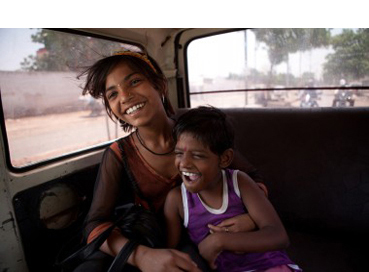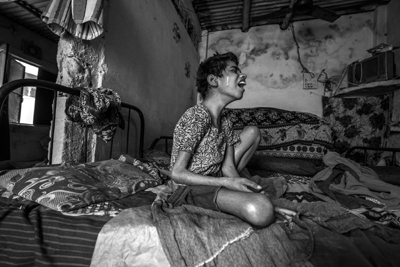
Here we explain some of the key parts of the Bhopal story while other, general information on all aspects of the Bhopal Disaster, and the Bhopal Medical Appeal’s work, can be found at: www.bhopal.org
- Is the Disaster Settled? Dow Chemical Says It Is
- Dow’s Legal Defence
- A Toxic Merger Between Dow and DuPont
- Bhopal’s Second Disaster
- Corporate Abuse & the Corporate Veil
- Bhopal v Deepwater Horizon
- Study Confirms Worst Health Fears of Disaster Survivors
- The Work of a Remarkable Clinic
- A Healing Garden Grows in Bhopal
- “We Are Flames Not Flowers”
- The Bhopal Medical Appeal
_____________________________________________________________________________________________________________________
Is The Disaster Settled? Dow Chemical Says It Is.
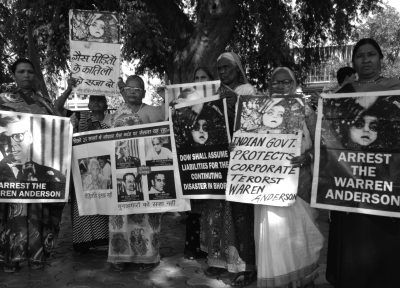
Is The Disaster Settled? Dow Chemical Says It Is.
No it is not. Dow Chemical claims that “A full and final settlement, of $470m, was made in 1989” but the Government of India’s (GoI) official position is that the “gross inadequacy” of the 1989 settlement resulted in an “irremediable injustice”.
- The GoI seeks an additional settlement amount in excess of $1 billion via a ‘curative petition’ in the Delhi Supreme Court. Additional filings in support of the petition request an additional $8.1 billion.
- Union Carbide has never answered the criminal charges relating to the disaster and they remain outstanding. Dow has now been summoned, on four separate occasions, to attend the Bhopal Chief Judicial Magistrates Court to explain Union carbide’s non-appearance. Dow refuses to attend.
- Dow Chemical is subject to environmental litigation in the Madhya Pradesh High Court. Dow has been asked to provide a $15 million advance payment but refuses to do so.
Outstanding Court Cases Briefing: https://www.bhopal.org/the-dow-chemical-companys-bhopal-related-legal-liabilities/
_____________________________________________________________________________________________________________________
Dow’s Legal Defence
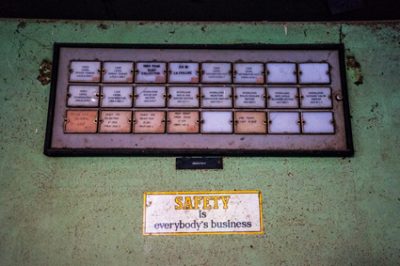
Dow’s Legal Defence
The Dow Chemical Company (Dow) claims it is not responsible for the acts of the Union Carbide Corporation (UCC). It claims to have no control over its wholly-owned subsidiary and cannot make it face the Bhopal criminal courts.
- But, Dow owns 100% of UCC’s shares, elects every director to UCC’s board and is UCC’s only ‘customer’.
- Dow has the legal power to control, and therefore the legal responsibility for, UCC’s current behaviour with regards to Bhopal.
- Dow also claims that UCC had no control over Union Carbide India Limited (UCIL) the company that owned and operated the Bhopal factory but UCC never owned less than a 50.9% controlling interest in Union Carbide India Ltd.
- If, as Dow states, the $470m civil settlement paid by UCC in 1989 is full and final then Dow must accept that UCC was culpable.
Dows’ Ownership of Union Carbide. Legal Defence Briefing: https://www.bhopal.org/dows-flawed-legal-defence-exposed/
_____________________________________________________________________________________________________________________
A Toxic Merger Between Dow and DuPont
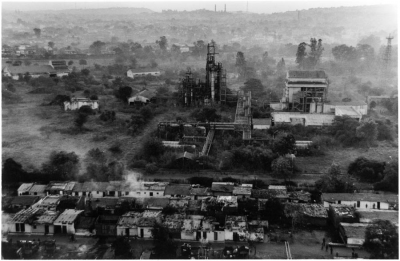
A proposed merger between Dow Chemical and DuPont is currently under investigation by the EU on the grounds of ‘anti-trust’, but other concerns have been raised not least those surrounding what appear to be attempts, by both companies, to see the back of potentially vast liabilities connected with contamination legacies. Bhopal, in the case of Dow, and C8 for DuPont.
- Dow has withheld critical information form shareholders regarding potential Bhopal liabilities for itself and Union Carbide..
- Claims against Union Carbide in the Bhopal civil petition alone are several billion dollars over its book value and the criminal court has the power to impose fines and penalties with no upper limit.
- DuPont has dumped 62% of ongoing environmental claims, along with $4 billion of existing debt into a new company, Chemours, which has been described as “a bankruptcy waiting to happen”.
- Neither Dow nor DuPont have offered clarity to involuntary creditors on what will happen to existing liabilities in the aftermath of a merger that will see DowDuPont split into three different entities within 18 months of the deal going through.
Evasion of environmental liabilities through merger of Dow and DuPont: https://www.bhopal.org/the-toxic-merger-of-dow-and-dupont/
_____________________________________________________________________________________________________________________
Bhopal’s Second Disaster
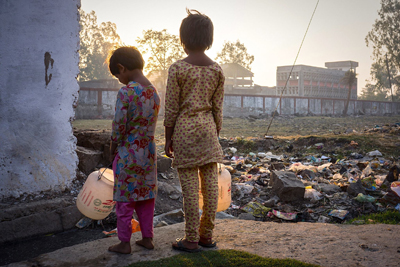
Bhopal’s Second Disaster
At least fifty thousand people have been using a toxic groundwater aquifer as their primary water supply for decades. The water drawn from this aquifer is contaminated with highly toxic chemicals emanating from toxic waste dumped by Union Carbide.
- Thousands of tonnes of toxic waste, abandoned in and around the Union Carbide factory, while it was in production, continue to contaminate the area and the aquifer.
- Poisonous chemicals leach down in to the ground water aquifer that has been used as a primary water source over a number of decades.
- These highly toxic chemicals attack all of the body’s organs, some are carcinogens, and some cause birth defects.
- Union Carbide was aware of the contamination, after carrying out tests in the area, but chose not to make the findings public.
- The US courts accepted that the water contamination is a separate issue from the gas disaster.
- Union Carbide/ Dow Chemical will not accept any responsibility
Second Disaster Briefing: https://www.bhopal.org/second-disaster/
_____________________________________________________________________________________________________________________
Corporate Abuse/ the Corporate Veil
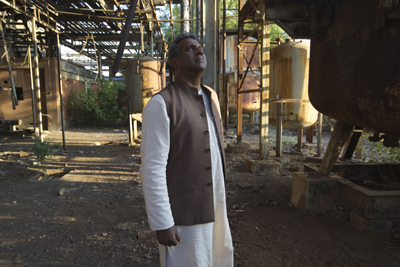
Corporate Abuse/ the Corporate Veil
Union Carbide, and subsequently Dow, hide behind a corporate veil hoping to avoid the legal aftermath of the Bhopal Disaster. More recently, Dow has utilised another layer of that veil, using affiliates and subsidiaries such as DCIPL (Dow Chemical India Private Limited), to continue trading in India whilst avoiding an attachment order against Union Carbide’s goods.
- UCC is banned from trading in India due to its non-appearance in the Bhopal criminal proceedings but Dow has knowingly flouted the ban. An Indian government run business was forced to withdraw from a contract with Dow after a statement was retracted claiming that Dow owned a particular technology.
- From 1987 onwards, UCC used third party agents to deliberately disguise the origin of its goods to port authorities and customs officials in India. The fraud was designed to enable UCC to evade court attachment orders intended to compel its appearance in court on charges relating to the Bhopal Disaster.
- Dow declares to Indian courts that it has no business, assets or personnel in India, and that UCC is an entirely separate company. Leaked Dow emails, published by The Times of India, demonstrate a clear integration across a range of Dow affiliates and show UCC’s purported separateness from Dow to be a “self-serving fraud.”
- Dow claims that it has not settled any UCC liabilities. But, it has accepted liability for asbestos claims against UCC in the United States. When DOW settled a suit on behalf of UCC on Jan 9, 2002, it wiped $7.16 billion from DOW’s share price.
- Dow has sought to use economic muscle and U.S. government influence to pressure the Government of India into releasing it from its Bhopal liabilities. In 2010, U.S. national security official Michael Froman, one of President Obama’s top economic advisors, threatened that the lawful pursuit of Dow, within India’s courts, could “have a chilling effect upon our investment relationship.”
Dow trading Union Carbide goods in India: https://www.bhopal.org/anger-in-india-as-leaked-documents-reveal-that-fugitive-union-carbide-continues-to-trade/
Corporate veil between Dow Chemical and Union Carbide: https://www.bhopal.org/corporate-veil-between-dow-chemical-and-union-carbide/
_____________________________________________________________________________________________________________________
Bhopal v Deepwater Horizon
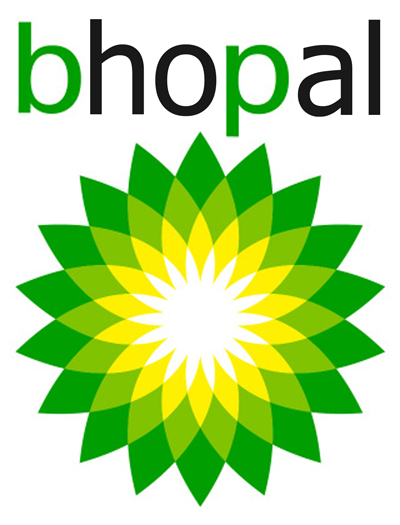
Bhopal v Deepwater Horizon
‘Deepwater Horizon’, is an action packed, rip-roaring Hollywood disaster movie featuring an all-star cast, based on the story of the 2010 Gulf of Mexico oil spill disaster of the same name.
Mike Ryan of the Uproxx news and discussion website praised the film’s performances and ability to make audiences angry at BP: “…if nothing else, I hope it gets people angry again, because the people who did this to our planet, and killed 11 people in the process, got off too easy.”
Although BP has, quite rightly, been held to account for its part in the Deepwater Horizon disaster and paid out in the region of $50bn of fines and damages, it’s nonetheless easy to see why people in the affected area think it simply isn’t enough.
But, how do the same people feel about the damages paid by US multi-national Union Carbide to settle the civil claims surrounding the Bhopal Disaster in which many thousands of people lost their lives?
How the Deepwater Horizon settlement compares to the Bhopal settlement: https://www.bhopal.org/bp-bhopal-and-the-department-of-justice/
_____________________________________________________________________________________________________________________
Study Confirms Worst Health Fears of Disaster Survivors
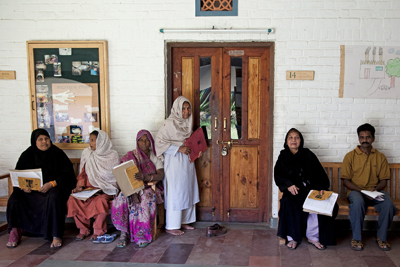
Study Confirms Worst Health Fears of Disaster Survivors
The preliminary findings of a ground-breaking study, performed by the Sambhavna Trust Clinic, have revealed that cancer incidence, in people exposed to the methyl isocynate (MIC) gas leak of the 1984 Bhopal Disaster, is ten times greater than in the unexposed population.
According to the study, lung, abdominal, throat and oral cancers are significantly higher in both the gas exposed group and the group exposed to the gas and contaminated water. Gas exposed women were found to have suffered significantly larger number of abortions while significantly larger number of children born to gas exposed and contaminated ground water exposed parents had birth defects.
The study was performed, over seven years, by a team of researchers from the clinic on an unprecedented sample size of 100,000, including: gas affected; water affected; gas & water affected; plus, a control group, comprised of 25,000 from each.
Ritesh Pal, of the Community Research Unit in the clinic, presented the preliminary findings He said: “The study shows that, in comparison to unexposed families, gas and contaminated ground water exposed families have significantly larger number of people with TB, paralysis and cancers and that the rate of cancers of gas exposed people is more than ten times of unexposed people.”
The study is currently under peer review and further findings are expected to be revealed for the disaster anniversary on 2nd/ 3rd December.
_____________________________________________________________________________________________________________________
The Work of a Remarkable Clinic
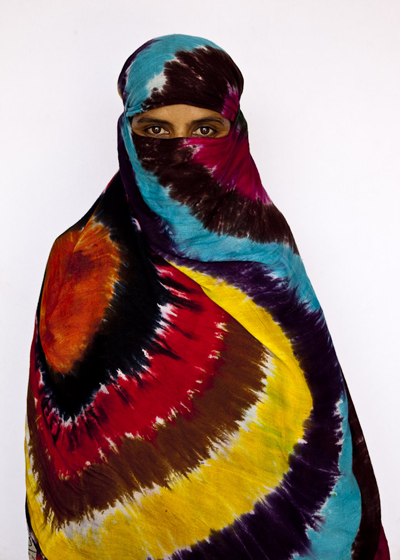
The Work of a Remarkable Clinic
The Sambhavna Clinic, in Bhopal, India, treats the survivors of the 1984 Bhopal Gas Tragedy along with thousands more people, mostly from poor, slum areas, who have been slowly poisoned by the toxic waste abandoned at the site of the disaster and contaminating their water supply. Sambhavna is found right at the ‘ground zero’ of the Bhopal Disaster, in the worst affected slum area, but shines like a beacon of hope out of a difficult, dusty despair. To date the clinic, funded by the Bhopal Medical Appeal, has treated more than 43,000 people. It employs around 50 staff, over half of whom are survivors of the 1984 Bhopal Gas Disaster.
Sambhavna has a remarkable, groundbreaking approach using a combination of treatments and strives to give the patients a complete, systemic relief from their health problems. The clinic produces ayurvedic medicines, from plants grown in its own organic garden, and prescribes these alongside western, pharmaceutical medicines. Additional therapies are given using panchkarma, massage and yoga and the clinic is achieving incredible results.
Remarkably, at Sambhavna the ancient, Indian art of yoga is taught to both Hindu and Muslim patients alike by a female, Muslim instructor.
Among many other accolades, the Sambhavna clinic was invited to present a paper to the World Asthma Conference on the positive effects on respiratory disorders achieved at Sambhavna through yoga.
“My main recollection is that as an example of a holistic, environmentally sound, community focused and patient centred approach to health-care the Sambhavna clinic is way ahead of anything I have ever visited or worked in, anywhere in the world.”
Dr. John Hurst, Senior Lecturer/ Honorary Consultant, UCL Medical School/ Royal Free Hampstead Trust.
The Sambhavna Clinic: https://www.bhopal.org/about-us/sambhavna-clinic/
_____________________________________________________________________________________________________________________
A Healing Garden Grows in Bhopal
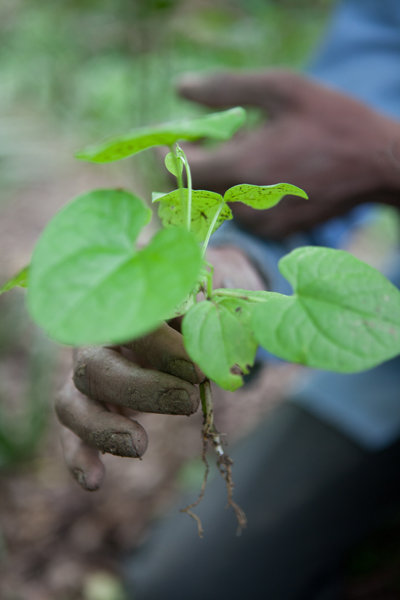
A Healing Garden Grows in Bhopal
The Sambhavna Clinic’s purpose designed building adopts a fully sustainable ethic. Not only is the building naturally cooled, and powered by solar energy, but the garden is a fully functioning, organic farm growing medicinal herbs and plants. A small manufacturing unit, in one corner of the garden, turns these plants into various ayurvedic ointments, decoctions and tablets.
Some of these plants will be familiar to us, back in the UK, either as garden plants or, given the difference in climate, quite often as our own indoor house plants. Using these plants, Sambhavna produces ayurvedic medicines according to traditional recipes. Some of them are dispensed traditionally, in plant form, but they are just as often dispensed in a modern form after, for example, being pressed into tablets and sealed in a blister pack.
But, one of the main aims of Sambhavna is to educate members of the communities still exposed to chemical contamination and teach them how to look after their own health and, to that end, the garden plays a major role. Patients are encouraged to grow their own beneficial plants and are trained as to how they should use them as medicine.
The Sambhavna Clinic: https://www.bhopal.org/about-us/sambhavna-clinic/
A Healing Garden Grows (YouTube, 2009): https://www.youtube.com/watch?v=CexBTtg6Fjk
_____________________________________________________________________________________________________________________
“We Are Flames Not Flowers”
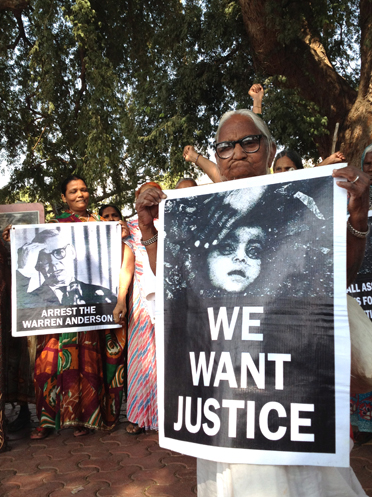
“We Are Flames Not Flowers”
After the gas disaster had robbed many families of their breadwinner the women of Bhopal found themselves without support. The toxic gas ensured a terrible legacy for women’s health and a spate of birth defects of epidemic proportions
In a deeply traditional society, this marked the women as ‘unmarriageable’. Widowed Bhopali women, along with those seen as unsuitable to wed, would need to emerge from behind the veil and seize control of a desperate situation.
Two powerful, determined women, Rashida Bi & Champa Devi, inspired an entire women’s movement in this male-dominated society and their work won international recognition, in 2004, with the Goldman Environmental Award. Despite being, themselves, the sole breadwinners of their respective families, they chose to donate the award to found a trust for the well-being of Bhopal’s gas victims.
Chingari is an all-women’s trust that represents the spirit of resilience amongst Bhopal survivors most notably the women who have refused to cow down and accept defeat. Their rallying cry, which inspired the trust’s name and symbol, crystallizes their indomitable spirit:
Hum Bhopal ke nari hain’
Hum phool nahin, chingari hain.
(We are the women of Bhopal,
We are flames, not flowers.
_____________________________________________________________________________________________________________________
The Bhopal Medical Appeal

The Bhopal Medical Appeal (BMA) represents the Bhopal survivors and funds medical work in Bhopal. It arises from, and is part of, the survivors’ struggle. Its inspiration and ideals come from the survivors.
BMA makes regular grants to two organisations in Bhopal: one is the Chingari Trust Rehabilitation Centre; the other is the Sambhavna Trust which runs the Sambhavna Clinic.
In the Bhopal Medical Appeal we don’t ask you to help us help them. The Appeal, the Sambhavna Clinic and the Chingari Trust are shared efforts between those of us who are survivors, those of us who run the Clinics, and the Appeal, and those of us who support the effort with our money and by volunteering our skills or even just our enthusiasm.
This is our vision, that all of us are equal in an unbroken chain between supporters at one end and gas survivors at the other. Our sincere thanks go to those who have been part of it. The people in Bhopal have a lot to give back to the rest of us. Let’s carry on the good work we’ve begun together.
www.bhopal.org
The Bhopal Medical Appeal is a UK Registered Charity, No:1117526. We operate from a tiny office in Brighton and exist almost entirely on donations, and the other fundraising efforts of our supporters, along with gifts from carefully screened trusts and grant giving bodies.
